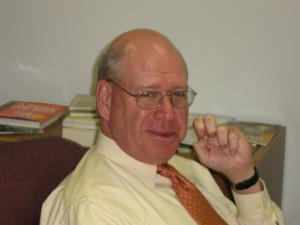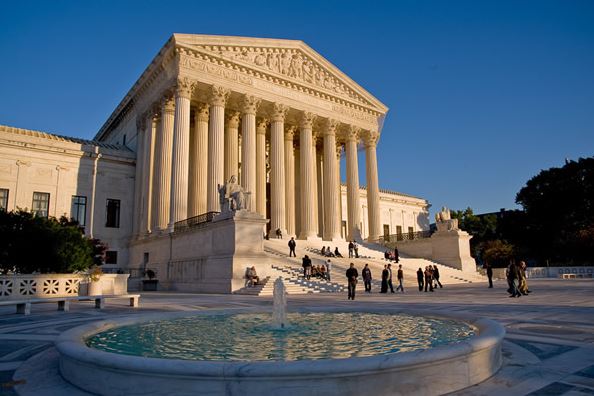
When it comes to dealing with Medicaid reimbursement miseries, New York  pays $1 billion a week to subsidize the program.
Kevin Dahill, president of Newburgh-based Northern Metropolitan Hospital Association, said what worries hospitals from Mount Vernon to Kingston is what the federal and state governments will do when it comes to Medicaid and Medicare reimbursements.
“There”™s a lot of activity going on, both on the state and local level. For the feds, it”™s the deficit reduction. If it plays out, there will be more entitlement cuts. There”™s a major debate going on between the two parties as to how to approach cutting those entitlements. There”™s no disagreement that it has to happen, but there is on how it will happen,” Dahill said.
“We”™re more concerned about what will happen with Medicaid; currently, the federal government picks up 50 percent of the tab; the states pay the other half. The feds want to cap what they pay to the states through what they are calling ”˜block grants.”™Â For New York state in particular, this could be a disastrous hit, since 25 percent of our residents are enrolled in the program. It will affect every aspect of health care, right down to filling a prescription.”
Applications for Medicaid took off in the fourth quarter of 2008 and climbed dramatically, Dahill said. “Over the last several months, it has started to plateau, but with all the bad economic data coming out, who knows if it will take off again.
“Because the federal government is looking to cap its contribution to the states, and New York state doesn”™t have the money to replace it, it will mean significant cuts if the cap happens. We”™re spending a lot of time with the House of Representatives where we”™ve got new freshman Republicans,” he said. “They are conflicted; they want to bring about financial discipline, which I understand.” They also need to understand they can severely damage the state if they approve this notion of the so-called block grants, he said.
“We know Vice President Joseph Biden has convened a small group of representatives from both the House and Senate to mediate an agreement both sides can live with ”¦ but Wall Street financial markets are getting very antsy: they want the debt ceiling.”
If the debt ceiling is not lifted, Dahill said, the U.S. runs the risk of defaulting on some of its obligations because it will run out of money. “That”™s how serious it is. Clearly, the Republicans, who are now the majority in the House, want to use this to extract meaningful spending reforms. They will argue that it was overspending that got us to this point. They want to get the spending reductions. They have put forth a proposal, and in that are these block grants. Democrats in the House and Senate agree there needs to be financial discipline, but can”™t come to an agreement on a solution.”
Dahill, whose organization represents 30 hospitals in the Hudson Valley region, hopes the situation will culminate by Aug. 2. “That”™s when the Secretary of the Treasury Timothy Geithner says the federal shortfall will hit. It also coincides with the Congressional recess. It”™s in everyone”™s best interest to get this worked out before that date.”
While the counties have capped their expenses a few years ago, New York is unique, in it is required to pay part of the share, but has no hand in directly administering the program, he said. “I understand and sympathize with counties who contribute to this expense but don”™t manage it. I believe we”™re going to be seeing huge tax increases in the state, and sooner or later, the taxpayers will pay for it.”
In the 2011-12 state budget, the health care industry was  able to strike an arrangement, not without risk, with the new governor, Dahill said. “We knew the state was in a real significant debt situation. We concluded if Governor Cuomo wanted to work with us, it would be wiser for us to work with him than fight him. We reached an agreement where there was a two percent cut in Medicaid reimbursement across the board.
“We agreed to work on a number of initiatives to reduce the state expense ”“if we are not successful in accomplishing that, the state will come back to us to make additional cuts. The state wants to know what its Medicaid expense will be for the next two years. It puts hospitals at risk to save this money. They have agreed to look at what we would consider excessive regulations, which we believe will save a lot of money. They”™ve engaged us as a partner in the Medicaid budget. Once the federal government has taken its stance to cap it or cut it, you then figure out what you will do.”
Dahill said the Medicaid redesign team still technically exists but he has not seen any announced dates for hearings. One meeting set for May 12 was canceled and has yet to be rescheduled. Gov. Andrew Cuomo has appointed Jason Helgerson  from Wisconsin as the team”™s executive director. “Our experience with him so far, in the scheme of things, has been reasonable,” Dahill said. “So far, so good.”
One of Medicaid”™s biggest pitfalls is fraud that goes unchecked in the system, he said. “The good news is there is a lot more surveillance on who is defrauding the program. From our hospitals”™ point of view, we have a vested interest in seeing what more can be done to find and recoup that money.”
Dahill”™s concerns begged the question: When is a nonprofit truly a nonprofit? “It is impossible to name any other nonprofit group that has to be open seven days a week, 24 hours a day and provide quality care to anyone who comes in the door, regardless of their ability to pay,” he said. “We are a nonprofit, but so are many other institutions ”“ Harvard University is one of them. Some of the entities that have become nonprofits call into question the validity of the designation.”



















